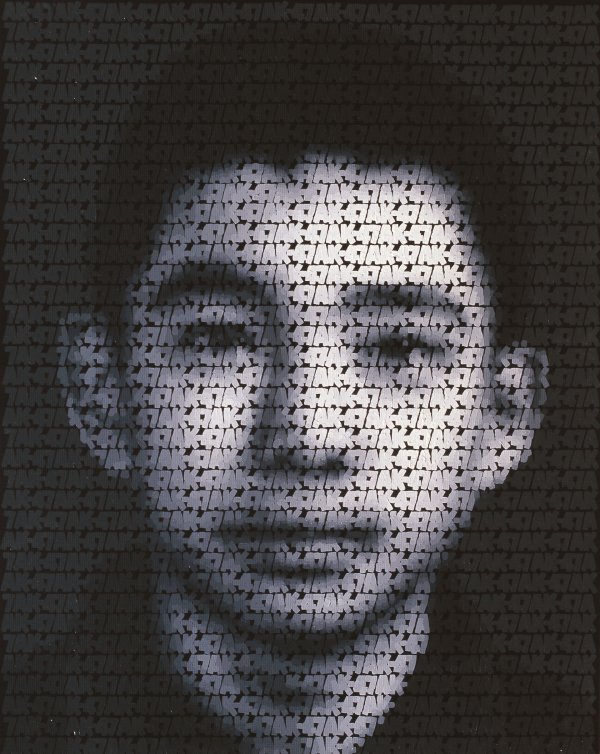AK-47 (Q1)
Zhang Dali
Chinese artist Zhang Dali, born in 1963, first came into contact with graffiti in the early 1990s when he was living in Italy. He fled his home country in the wake of the 1989 Tiananmen massacre, which he survived as a protester. After returning, he became one of the very first graffiti artists in Beijing. Zhang’s key project in that period, Dialogue and Demolition, was a reaction towards the destructive aspects of China’s modernization and urban expansion. He spray painted the outline of his bald-headed profile on walls slated for demolition after the forced relocation of local inhabitants. Continued for over a decade, the project established a dialogue with the public and brought forth a questioning of the country’s modernization politics, the notion of “second class” residential areas, and the disregard for historical heritage.
“Violence is not ‘on’ people, it is the very material people are made of, not a washable coating, but an integral part and the connecting tissue of their existence.”
In this exhibition, Zhang presents works from two series: photographs from Dialogue and Demolition, and a painting from the series AK-47. AK-47 is derived from the well-known Soviet Kalashnikov assault rifle that has become a symbol of war. Zhang Dali started to use the tag AK-47 in his graffiti of the 1990s as a synonym of the violence permeating the rapid urbanization process. In the AK-47 series of works he uses the acronym to construct faces which derive from small portrait photos (as used in documents and IDs) found by Zhang at a flea market in a pile of abandoned photos from studio archives.
On loan courtesy of the artist.

